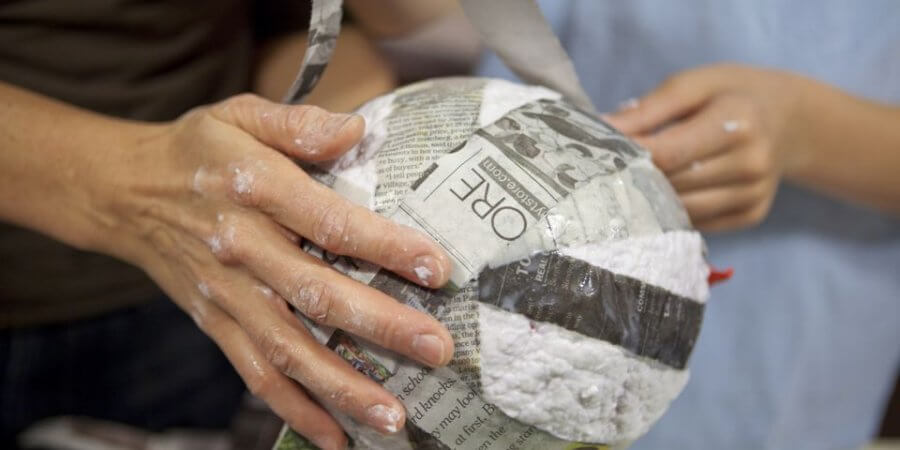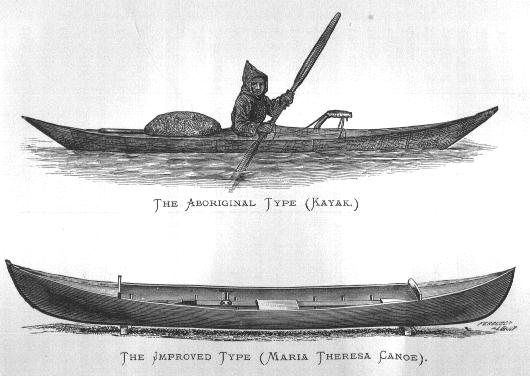Papier mache art
Papier mache is made of paper pieces or pulp bound with an adhesive such as glue, starch or wallpaper paste. The word papier-mache is derived from French which means ‘chewed paper’ in English.
It has gained widespread popularity because of its versatile properties. The surface is easy to paint allowing you to add intricate designs to the finished product.
Just like paper, papier mache too was invented in China. They had devised a method that recycled paper, as the paper was inaccessible to the majority of the population and due to its exorbitant rates at that time.
But it was the French, who discovered the potential of the material and used it to make cups, snuff boxes, and other plastic works.

Method of Preparation on Papier mache art:
There are many methods to prepare papier-mache. But this one is widely used one.
a) The paper is cut into strips which are glued together with an adhesive and are soaked in paste until saturated.
b) The saturated pieces are then placed on a clean surface and allowed to dry slowly.Oil or grease can be used as a release agent if needed.
c) Once dried, the resulting material can be cut, or painted, and waterproofed by painting with a suitable water-repelling paint. But before you coat, the surface of papier-mache with paint make sure the glue dries fully.

In Ancient Times of Papier mache:
In ancient Egypt, coffin and death masks were made from layers of papyrus covered with linen or papyrus. Papier-mache has been used to make small paint boxes, trays, and cases. Japan and China also produced laminated paper articles using papier-mache.
In the later eighteenth century, the production of papier-mache was one of the most important crafts in Central England. Trays, tables, chairs, lamps, bookshelves, wall decoration, screens, bed frames were regularly made from papier-mache.
One of the popular items made from papier-mache was the paper canoe. The paper of the time was significantly stretchier than modern paper, especially when damp, and this was used to good effect in the manufacture of paper boats.

Modern Times:
Until 1970s, papier-mache was used as casting moulds in making rotary moulds in making of rotary letterpresses for printing newspapers. Papier-mache panels were used in the late 19th century and early 20th century to produce lightweight domes, used primarily for observatories.
Modern plastics replaced papier-mache for ornamental and structural uses. But due to their properties like low cost, availability, and lightweight, they are employed in the preparation of various arts and crafts. It is used in theater costumes and also finds its use in puppetry.
Papier-mache is commonly used for large, temporary sculptures such as Carnival floats. Carnival floats can be very large and comprise a number of characters, props, and scenic elements all organized around a chosen theme.

Elementary school children are taught how to make simple DIY items using papier-mache during craft classes. Various dolls, showpieces are also made using papier-mache. The main disadvantage of this material is that it has very low durability.
In India, during the Durga Puja festival, the bust of Goddess Durga is prepared using papier-mache.


